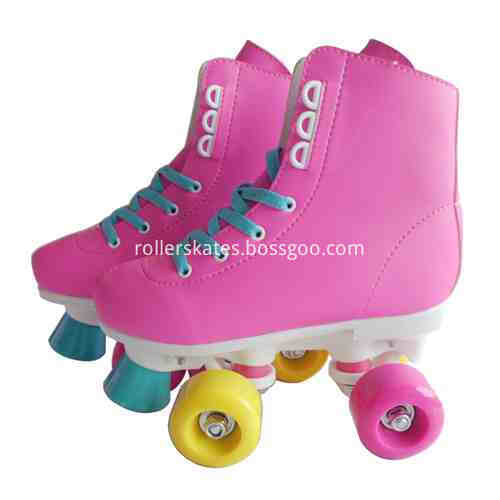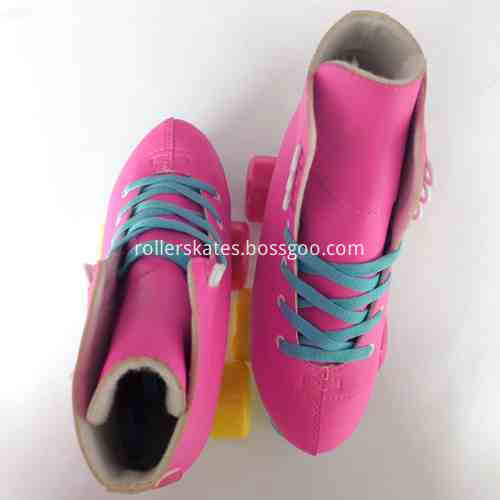Second, experiments on disposable lunch boxes A. Experimental purposes: To study the preliminary treatment of white pollution.
B. Experimenter: All members of the group C. Experiment date: December 28, 2001 D. Experiment site: City Sanzhong Chemical Laboratory E. Experimental tools, equipment: test tubes, test tube holders, alcohol lamps, gongs, matches, ventilation Cabinets, burning spoons, benzene, carbon tetrachloride.
Experiment 1 Study the solubility of foam plastics in benzene and carbon tetrachloride Take 2 cm×2 cm×1 cm foam plastics and put them into test tubes containing appropriate amounts of benzene and carbon tetrachloride, respectively. It can be found that the foam is completely dissolved in the solvent and a small amount of bubbles are generated. The solvent in the test tube is thick. The phenomenon of this experiment shows that white pollution (especially polyethylene plastics) can be preliminarily treated with organic solvents. The disadvantages of this treatment method are: 1 the required organic solvent is itself a pollutant; 2 the resulting solution is also a pollution to water resources.
Experiment 2 Study of Reaction of Foam under Heating Conditions Place 1cm×1cm×0.5cm piece of foam in a crucible and heat it on an alcohol lamp. It can be observed that the foam produces a pale yellow smoke during the heating process, resulting in an oily viscous liquid (like sulfuric acid). It quickly solidified to a glassy solid after heating was stopped and it was soluble in benzene under heating. We have found that the product is very similar to the product of foams dissolved in benzene and carbon tetrachloride.
We believe that this method is not a good way to deal with white pollution because it does not ultimately eliminate pollution.
In Experiment 3, the combustion of the foam was studied. The foam was placed in a combustion spoon and ignited directly. During the combustion process, a large amount of dense, pungent black smoke was produced. The foam rapidly changed to a black liquid and continued to burn, in which it was combustible. After the material is burned off, it produces an irregular black solid, which is also soluble in benzene under heating conditions.
This treatment method is the incineration method that has been widely used. Its disadvantages are obvious, that is, the air pollution is large and the treatment is incomplete.
F. Results of the experiment: We believe that although this experiment failed to find a good way to intelligently control white pollution, we have a preliminary understanding of the materials that constitute white pollution, so this experiment is to some extent It is a success. 


roller skates, Good quality skates, High upper roller skates
Yong Kang Jun Ran Sports Factory , http://www.junran-sports.com